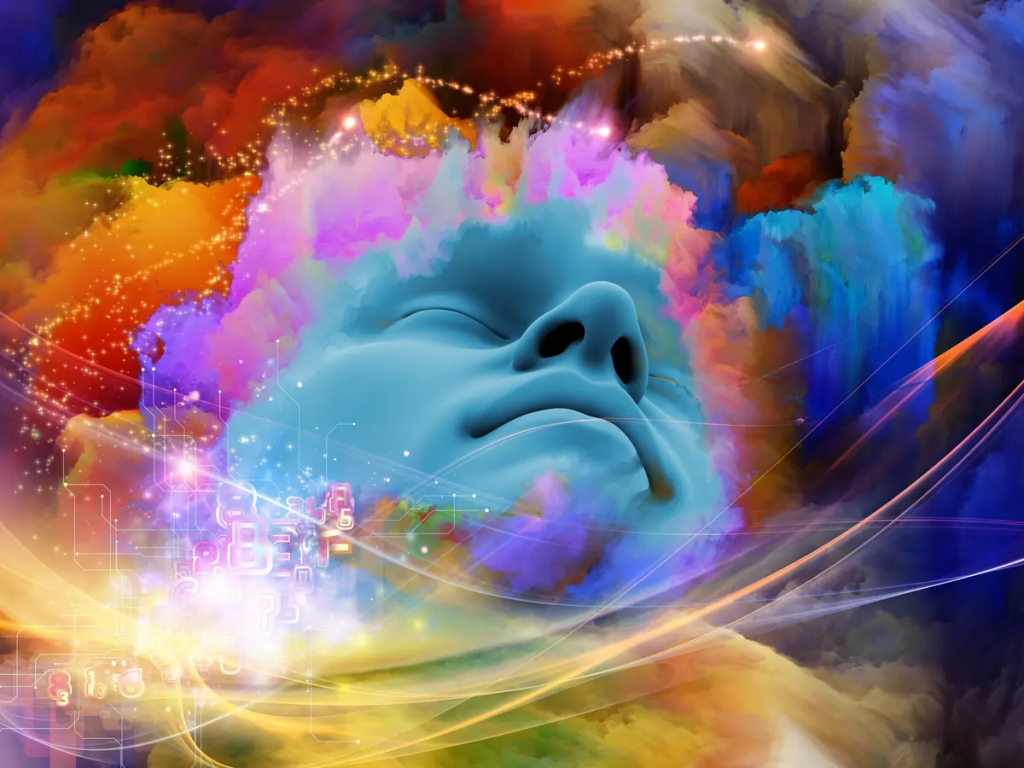What if you could step into a world of your own creation while you sleep, where every aspect of your dreams is under your control? It sounds like something out of a sci-fi movie, but astonishingly, it might be closer to reality than we think.
In a groundbreaking experiment, researchers from REMspace have successfully tested a brain implant that stimulates the motor cortex during REM sleep, offering the tantalizing possibility of manipulating and shaping our dreams.
For centuries, dreams have fascinated us, as we spend a significant portion of our lives immersed in their enigmatic realm. From the 1950s onward, countless attempts have been made to unlock the secrets of dream control, but early efforts focusing on sensory inputs proved to be limited in their effectiveness.
However, a glimmer of hope emerged when the researchers decided to take a different path. They embarked on an unprecedented experiment by implanting electrodes in the brain’s motor cortex, specifically targeting the region responsible for controlling finger extensions in the left hand.

Their chosen subject was Michael Raduga, one of their own researchers with the unique ability to induce lucid dreams. This skill provided them with an extraordinary opportunity to explore the influence of electrical stimulation on the dream world.
During the experiment, a weak electrical current was applied to the precise area of Raduga’s brain while he was immersed in a dream. What happened next was astonishing: the objects in his dream world responded to this stimulation. It was as if his thoughts were materializing before his eyes. For instance, when the electrical signal activated, objects slipped through his fingers in the dream, providing undeniable evidence of a direct link between the brain’s motor cortex and the scenarios that unfold in dreams. Equally fascinating was the fact that this intense stimulation did not disrupt Raduga’s sleep or awaken him from his slumber.

This experiment showcased the potential of stimulating the cerebral cortex to control dreams and paved the way for the emergence of lucid dreaming. According to REMspace, this revolutionary technique can evoke sensations, movements, and even emotions within dreams, acting as a gateway to a realm where dreamers become conscious architects of their nocturnal adventures.
Although much research and refinement are still required, this remarkable development brings us one step closer to a future where we can unleash our creativity, embark on journeys of self-discovery, and even harness dreams for therapeutic purposes.
The days of passive dream experiences are fading away as we stand on the threshold of a new era, where dreams transform into interactive playgrounds, limited only by the depths of our imagination.


